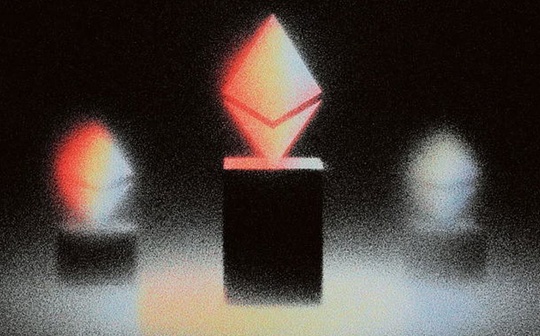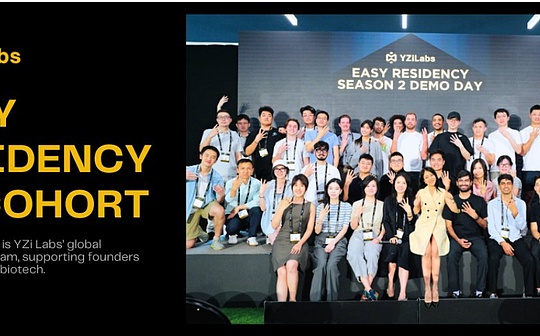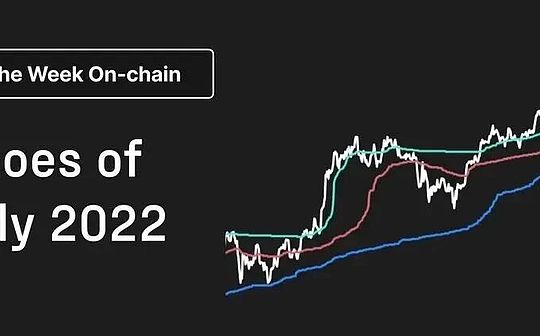
Author: Gerry Wang
In Arweave’s core mechanism, there is a very important concept and component, which is the storage fund #endowment.In a previous article, did the “Arweave’s $ AR currency tightened?”It has been described.This article will introduce it more detailed.
In Arweave’s incentive model, data uploaders are required to pay a transaction deployment fee for permanent storage, and to provide $ AR to provide prepaid fees for permanently to the online storage fund.This fund plays a role to pay the faucet. Over time, the miners will get payment through this faucet when providing a copy of the data set.As the storage cost is declining, all the payment amount obtained from the fund to maintain a data will be automatically reduced.
Storage price
The cost paid by the user in advance for the 200 -year -old copy of the copy is based on the current cost.The advantage of the Arweave protocol is that it provides a very scientific mechanism that does not need to trust to determine the price of the storage space from the miners.During the period when a single block B with a specific difficulty D_B, the number of partition estimates in the network can be calculated by the formulas in the previous article:
>
Multiplying this expression into partitions (partition), you can calculate the current total memory of Arweave at the time of block B:
>
The difficulty of the number and block of the $ AR and blocks to the miners can be used to estimate the cost of storing acquisition — at the time of block B, the cost of 1 GB service is paid for 1 minute:
>
in:
P_m^(b) = At the time of block B, store 1 GB data for 1 minute estimation cost
R_B = All returns of Block B
Formula annotation:The total data of the entire network storage is calculated in TB, so it needs to be multiplied by 1024 to the GB unit; the “2” in the denominator means a block of 2 minutes, so it needs to be divided into 2 to turn it into each minute of each minute.Estimation costs.
The use of a single block cycle is estimated to have a high instability in the storage price, which is due to the differences between the collected transaction deployment fees and difficult adjustment algorithms.Therefore, in actual operations, the Internet will record a large number of difficulties on the block and rewards released.These records are accurately calculated by the network to accurately calculate the storage acquisition cost obtained from the miners within 6 weeks before the block:
>
in:
P_m (b) = the average storage acquisition cost calculated within 6 weeks.
H_B = the height of block B.
N = the number of blocks within 6 weeks (30247*6 = 30,240).
Using these calculations, the network can accurately estimate the cost of 1 GB storage within a block cycle (about 2 minutes)::
>
Based on this formula, the current price of 20 copies of any data D in the agreement is as follows within 200 years:
>
This is the price collected to users as a pre -contribution for storing funds.Over time, the miners will receive payment from the fund after prove that they have stored the network data set. The payment calculation is as follows:
>
in:
R_E (b) = Extraction from block B from the fund
R_i (b) = Inflation rewards released in block B
R_F (B) = trading deployment fee for transactions received in block B
P_b (b) = At the time of block B, store the estimated cost of a block cycle of 1 GB data
W = All the data sets stored on arweave at the time of block B
This formula means that when the total storage cost is greater than the obtained block rewards, the cost will be extracted from the fund to subsidize miners.However, from the perspective of data, the result of this formula is negative, and all of them will not only deposit some expenses into the fund from the storage fund.
List tightening and fund value
Whenever the data is uploaded, the Arweave network will move the corresponding quantity to the circulation to the funds (Endowment) that accumulated data storage costs accumulated over time.Fund’s storage purchasing power is elastic, and it changes with the amount of data, data storage costs, and token value.
One of the main driving factors of fund value changes is that the storage cost is reduced, resulting in the increase in the storage purchasing power to increase at the corresponding proportion, resulting in a reduction in the number of tokens released from the fund in the future.We will actually store the total cost of one unit of data in a time cycle to be called Kryder+.This rate includes changes in hardware price, power cost, and data storage related operating costs.
>
Figure 1: The health status of the fund is associated with the differences between KRYDER+ rate (0.5%) and the actual KRYDER+ rate and the impact of token price changes.
The user pays the 200 -year cost of replication and storage at the current price, so that only 0.5% of the Kryder+ rate is sufficient to maintain the fund indefinitely without the price of the tokens.However, in the past 50 years, the actual reduction rate of storage costs has remained at an average of about 38.5% per year.In view of the significant motivation motivation and improvement space, this trend is likely to continue.In addition, the difference between Kyder+ rate and protocolization of 0.5% of Kryder+ rate can be adjusted to provide a wide security margin for token price fluctuations, which will also lead to the tightening of the currency supply of token supply over time.
Decentralized content policy
The Arweave network uses a decentralized layered content policy system without centralized control and review.The basic principle of this system is voluntary: each participant can freely choose the data they want to store and provide, and the agreement does not have any compulsory requirements.This system allows each participant in the network to create and operate their own content policies without the consensus of others.The result of this approach is to form a diversified choice of content policies, which are specifically reflected in the three different levels:
-
miner: Since the mining union stores and discloses their content, this will be subject to the laws and regulations of any country or region.Therefore, the miners in the network can calculate arbitrarily (including various forms of text, images, videos, etc.) to run the data they store, to screen out what they think is illegal or improper.This makes them avoid illegal content that does not comply with local regulations.
-
Gateway: Users usually access the content on Arweave through the gateway.The gateway acts as a portal and allows users and developers to access data in the Arweave network without running their nodes.Just as miners can choose their own content and policies for storing data, the gateway can independently determine what they index and provide.In addition, the interoperability of the gateway in the network allows users to choose a gateway that conforms to personal beliefs and values.
-
app: It may affect the last layer of the ARWEAVE user at the application level.Each application based on ArWEAVE data may use additional filters on the content provided by its interface, depending on the developer’s code implementation.The content policies at the level of these applications can be embedded in the source code of the application itself, and they are not mixed on Arweave -this allows users to permanently trust how the application will conduct content review.








